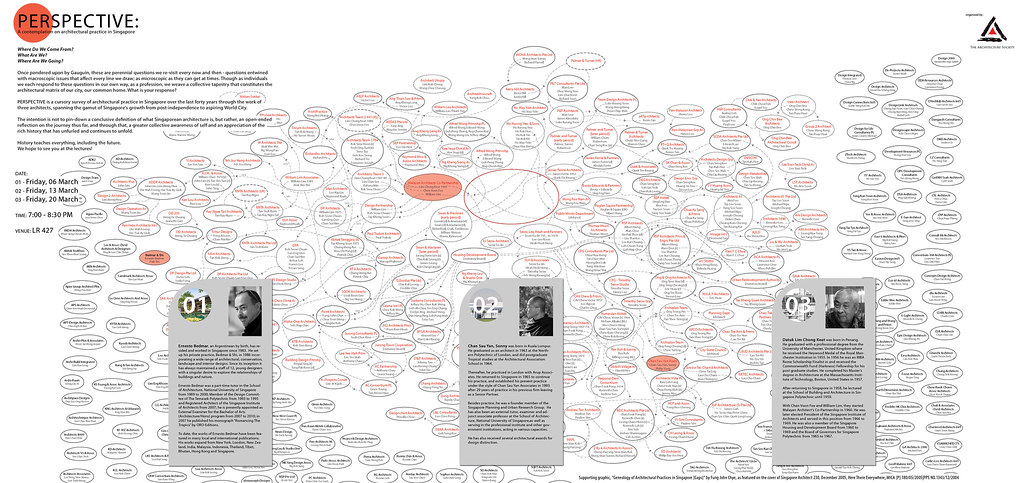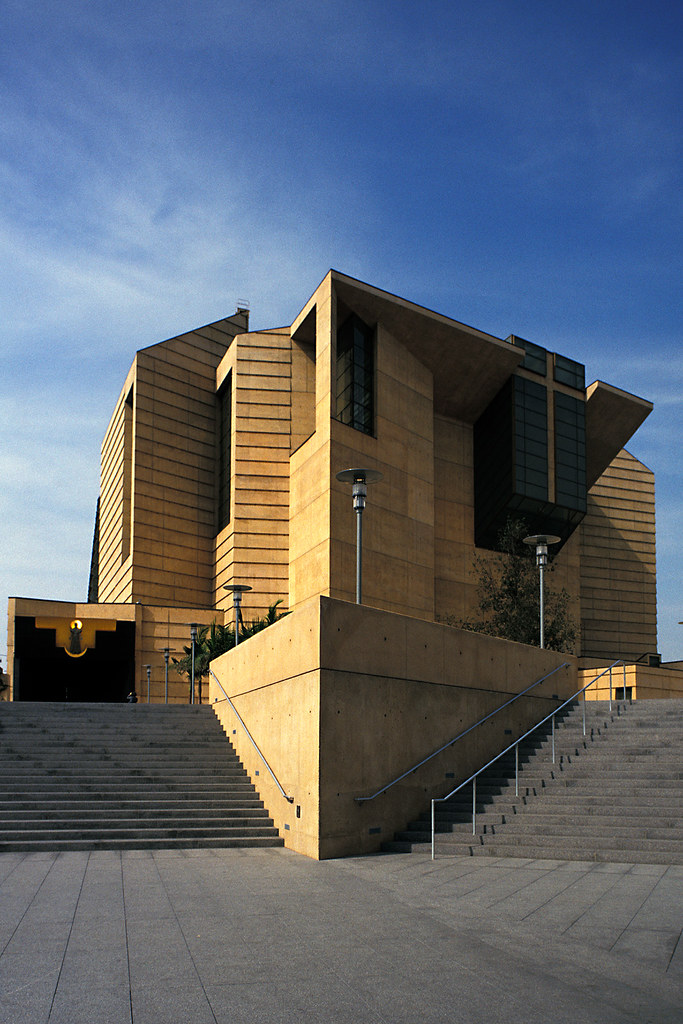
After too many post-studio nights spent researching, carefully crafting emails and piecing material together for not one, but three individuals, I’ve finally gotten this monster off the ground. Now all that’s left is to hope that they attend and pray that I don’t goof up while hosting the lectures; I don’t particularly relish the thought of having to speak in front of a large audience for three consecutive Fridays and yet at the same time I’m praying for good up-take.
But beyond the numbers, I sincerely hope they walk away with a deeper appreciation for what it means to be an architect, and that modest projects done with a lot of care are just as valuable as those spawned by broad strokes and grand gestures, if not more so. Kerry Hill describes the former as schemes endowed with ‘exactitude’ and ‘authenticity’. Erik cleverly coined the latter as ‘stuff’, the explanation of which I share below in all its guile,
"The word “stuff”’ comes from the French word “estoffe” meaning quilted material or that which is within the quilt. Interestingly, “estoffe” is simply used to produce the appearance of volume – to make the quilt appear more luxurious. The stuff found not only in my office but also in each of our architectural libraries and within the cities we inhabit may appear more lavish and full, but it remains just as empty. The economy to produce the stuff leaves little room for significant and impactful thinking."
from “Sustain/ability”
Ong Siew May Distinguished Lecture Series 2008
on Rick Joy and “Suitability”
Ong Siew May Distinguished Lecture Series 2008
on Rick Joy and “Suitability”



